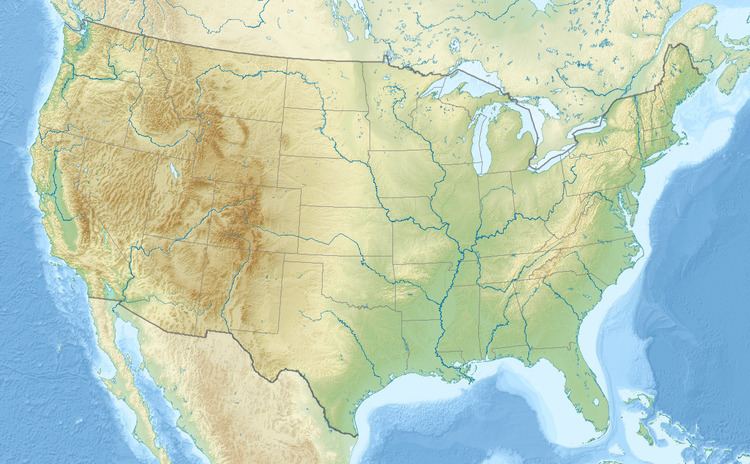Area 21.25 km² | Established 1998 | |
 | ||
Governing body U.S. Fish and Wildlife Service Website Aroostook National Wildlife Refuge Management | ||
A visit to aroostook national wildlife refuge trails limestone maine part 1
Aroostook National Wildlife Refuge is located on part of the former Loring Air Force Base, in Aroostook County, Maine. It was established in 1998, when 4,700 acres (19 km2) were transferred from the United States Air Force to the United States Fish and Wildlife Service. This refuge also administers some 2,400 acres (970 ha) of wetland conservation easements throughout Aroostook County. It is close to the state park where visitors hike for particular seasons. In a portion of Maine where the landscape is dominated by agricultural crops such as potatoes and broccoli, Aroostook National Wildlife Refuge protects valuable wildlife habitat. The variety of habitat types attracts a diversity of wildlife species.
Contents
- A visit to aroostook national wildlife refuge trails limestone maine part 1
- A visit to aroostook national wildlife refuge trails limestone maine part 3
- Wildlife
- References
The refuge has a surface area of 5,252 acres (21.25 km2). It is part of the Town of Limestone.
A visit to aroostook national wildlife refuge trails limestone maine part 3
Wildlife
Resident species like deer and moose can often be seen feeding on the farm fields adjacent to the new refuge boundary. They feed along stream banks and forested wetlands. Waterfowl that use the refuge wetlands include black ducks, wood ducks, and hooded mergansers; Canada geese may be seen on East Loring Lake and the Little Madawaska River upstream from the dam during periods of spring and fall migration. River otters, mink, muskrats, beaver, and snowshoe hares are a few of the smaller, less conspicuous species that inhabit portions of the refuge.
The majority of the refuge is forested upland, which offer nesting habitat for migratory songbirds. Warblers such as the black-throated green, Canada, bay-breasted, Cape May, and Blackburnian, are common in the spring and summer. These "neotropical migrants" breed here and winter in Mexico, the Caribbean, and Central and South America. Refuge grasslands provide habitat for upland sandpipers, bobolinks, and Savannah sparrows. Woodcocks use grassy areas for courtship and upland forested areas for nesting.
Resident species such as black bear and moose can be seen on the refuge.
